To make this easier, we’ve prepared a quick reference table to help you narrow down material options based on real-world design needs. Below, you’ll also find 6 practical tips to help engineers and designers choose the right CNC materials confidently and efficiently.
Quick Reference: What Material to Use (and Why)
The table below shows the most common CNC machining scenarios and matches them with recommended materials. However, this table serves as a starting point, not a definitive answer. Prototyping still matters for the best result.
| Use Case | Recommended Material | Why |
| High strength-to-weight ratio | Aluminium 7075, Titanium | Excellent performance-to-weight balance |
| Low-cost prototyping | Delrin (POM), Aluminium 6061 | Affordable, easy to machine |
| Excellent surface finish | Brass, Aluminium, Acrylic | Polishes well, minimal post-processing |
| Wear resistance | Nylon, PEEK, Hardened Steel | Good for moving parts or contact surfaces |
| Corrosion resistance | Stainless Steel 316, Titanium | Excellent resistance to rust, harsh environments, and chemicals |
| Tight tolerances / low expansion | Stainless Steel, Acetal (Delrin), Aluminium | Stable under temperature and moisture; ideal for shafts, fixtures, precision housings |
| Fast turnaround / high availability | Aluminium 6061, Stainless Steel 304, POM | Common stock, widely available |
| High heat resistance | PEEK, PPS, PEI | Maintain properties at elevated temperatures; ideal for bushings, thermal insulators |
| Chemical resistance | PEEK, PTFE, PVDF | Resist chemicals while retaining machinability; used in fluid handling parts |
| UV stability (outdoor use) | PEEK, UV-stabilised Polycarbonate | Maintain mechanical properties under sunlight |
| Impact resistance | Polycarbonate, ABS | Withstand impact without cracking or breaking |
| Electrical conductivity | Copper, Silver, PTFE | Copper/silver for conductive parts; PTFE for insulation |
Tip 1: Start With the End Use
Choose CNC material based on the functional requirements of your part, not just cost or availability. Before making any decision, ask yourself the following questions: Will this part endure mechanical stress or impact? Will this part operate in high temperatures? Will the part be exposed to chemicals, UV, or moisture?
Evaluate cost once functional requirements are met. If anodised aluminium just meets the requirements, choose it over a more expensive stainless steel.
Tip 2: Think About Lead Time and Availability
The lead time is a crucial factor in any production and is mainly determined by material sourcing.
Tip 3: Use Prototypes to Explore Options
CNC machining enables rapid iteration using a range of materials, allowing you to test geometry, fit, and basic functionality before committing to final production materials.
Tip 4: Match Machinability to Budget
The material’s machinability impacts the tool’s life, production time, and overall part cost. Avoid materials that are difficult to machine unless necessary. For instance, titanium has extra strength but is more challenging to machine, which increases production costs due to faster tool wear.
Materials like aluminium dissipate heat effectively, allowing faster machining, while stainless steel and titanium require lower feed rates to manage heat buildup, increasing machining time and costs.
Tip 5: Don’t Overengineer – Balance Cost vs. Performance
To keep costs and waste under control, select materials that are strong enough for the application — not the strongest available. Overengineering drives up both production costs and material waste. Additionally, design for manufacturability by avoiding features like undercuts, sharp internal corners, or hard-to-reach areas that require specialised tools. Adding generous internal radii can also simplify machining and reduce the risk of costly adjustments.
Tip 6: Consider Surface Finish Needs Upfront
Material choice directly impacts post-processing methods (anodising, polishing, painting) and requirements. Not all materials can be finished equally; some polish well, others don’t. So, match your expectations to the material’s capabilities. For example:
- Mirror-buffed brass routinely reaches 0.2 to 0.4 µm Ra, while vibratory-polished 6061-T6 aluminium averages 1.0 to 1.2 µm Ra.
- A slightly higher roughness leads to better coating absorption and retention by trapping the coating substance in the microscopic grooves.
- Use glass-filled plastics for stability, but avoid them where high cosmetic surface finish is required. Additionally, some materials, such as acrylic, are brittle and sensitive to heat.
Prototype, Test, Iterate
Optimise CNC machining projects for efficiency and durability by considering function, machinability, cost, finish expectations, and material-specific trade-offs. Always prototype, plan for surface finishing, and evaluate environmental effects before choosing the material.
Want more insights on CNC materials and machining best practices? Check out our CNC material selection guide to choose the required material for your CNC machining project.
 Europe
Europe  Türkiye
Türkiye  United Kingdom
United Kingdom  Global
Global 

 Login with my Xometry account
Login with my Xometry account  0
0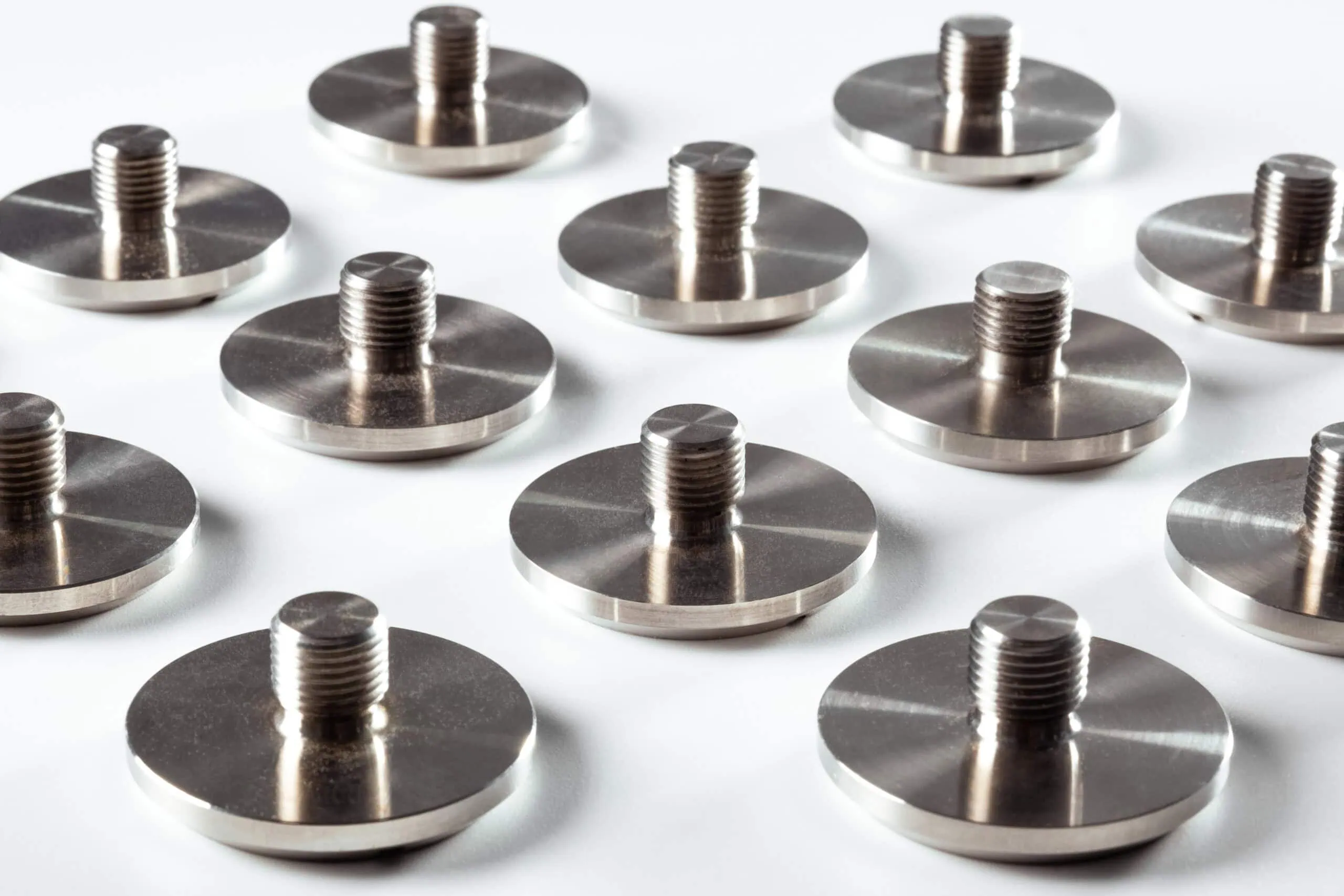

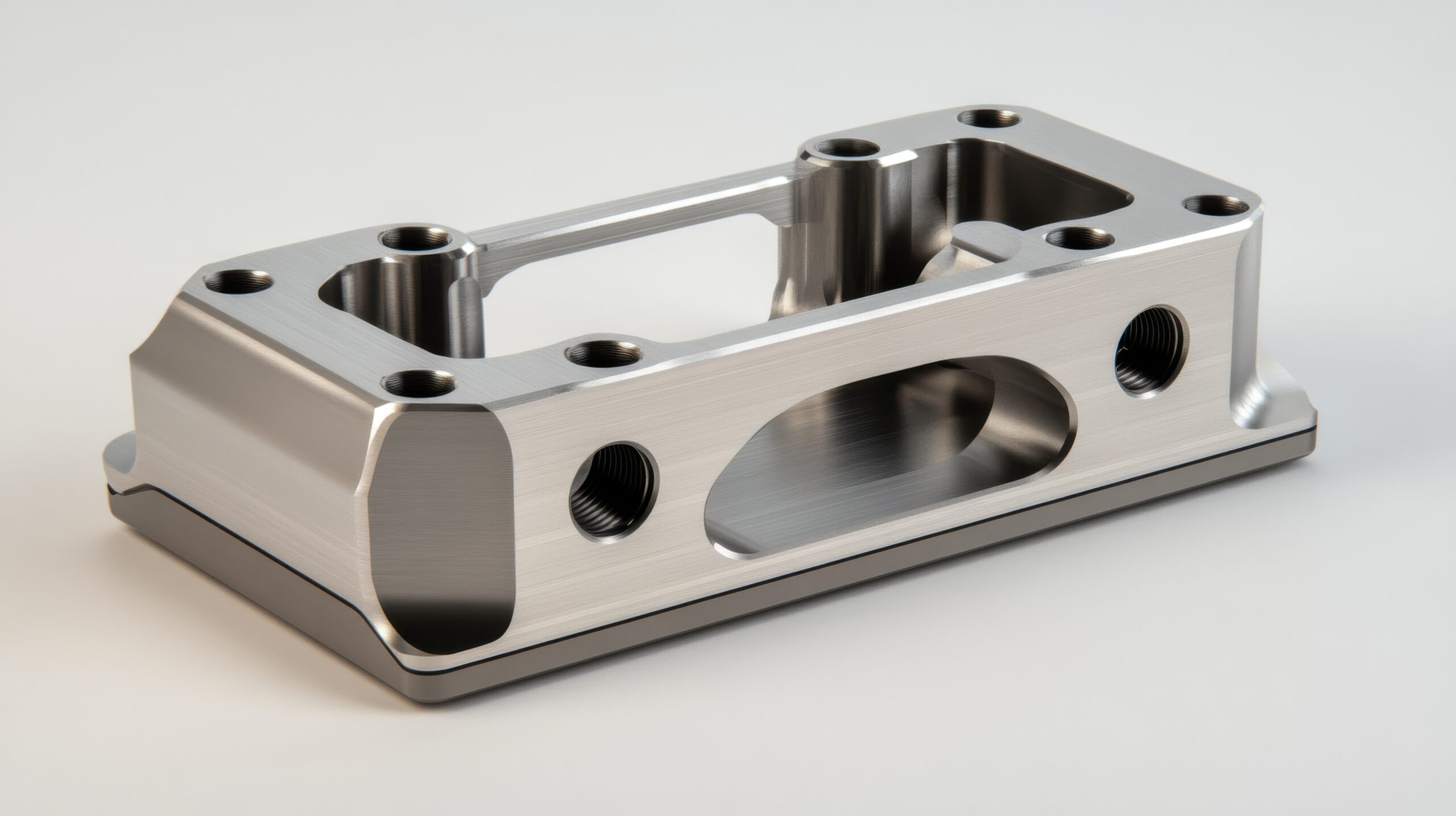
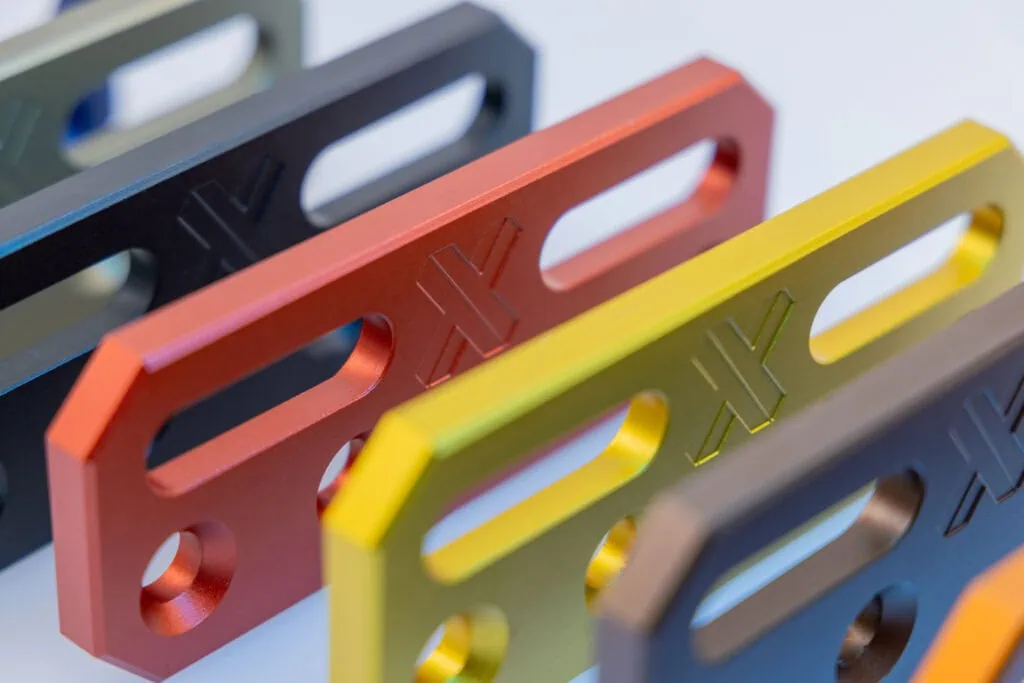
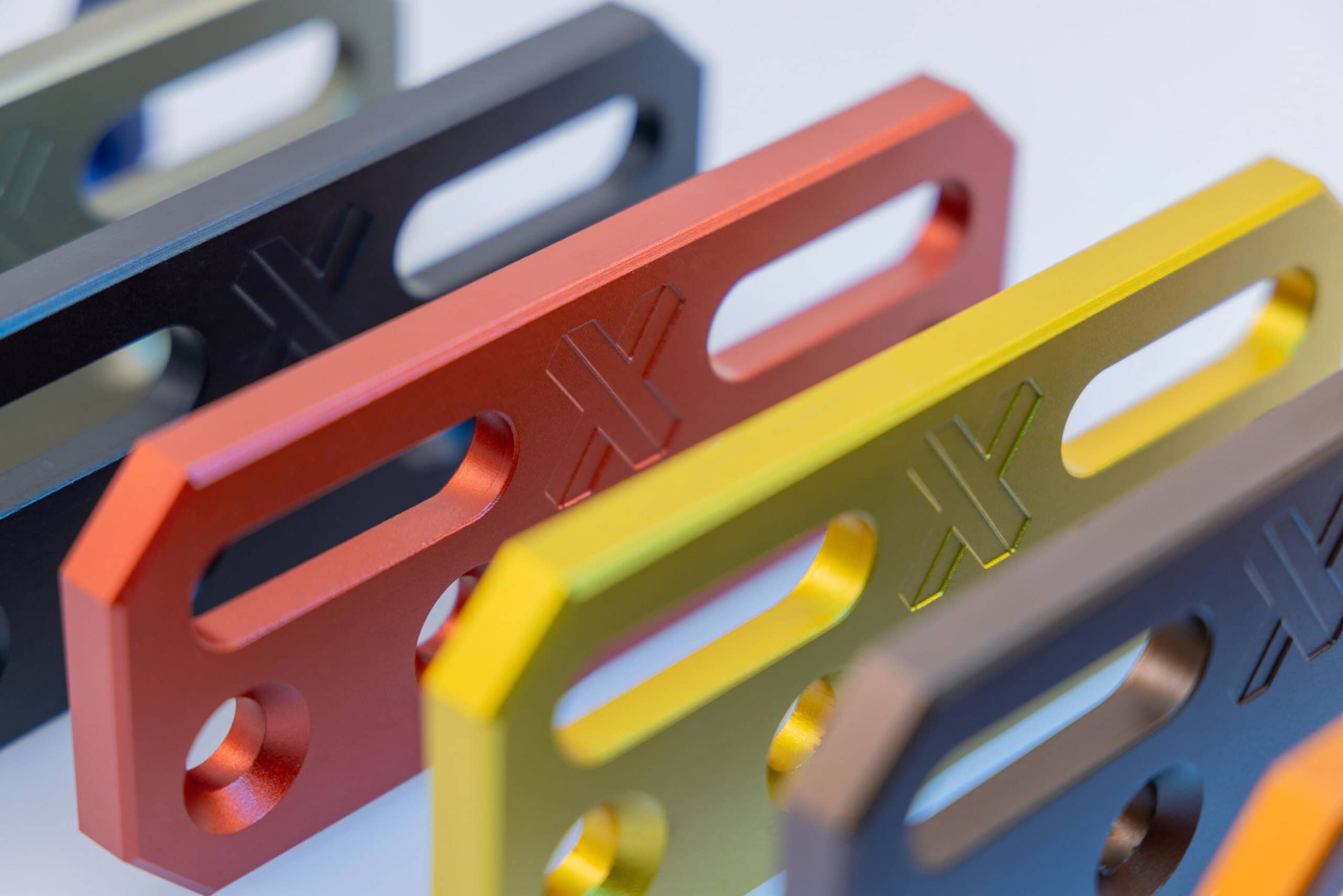

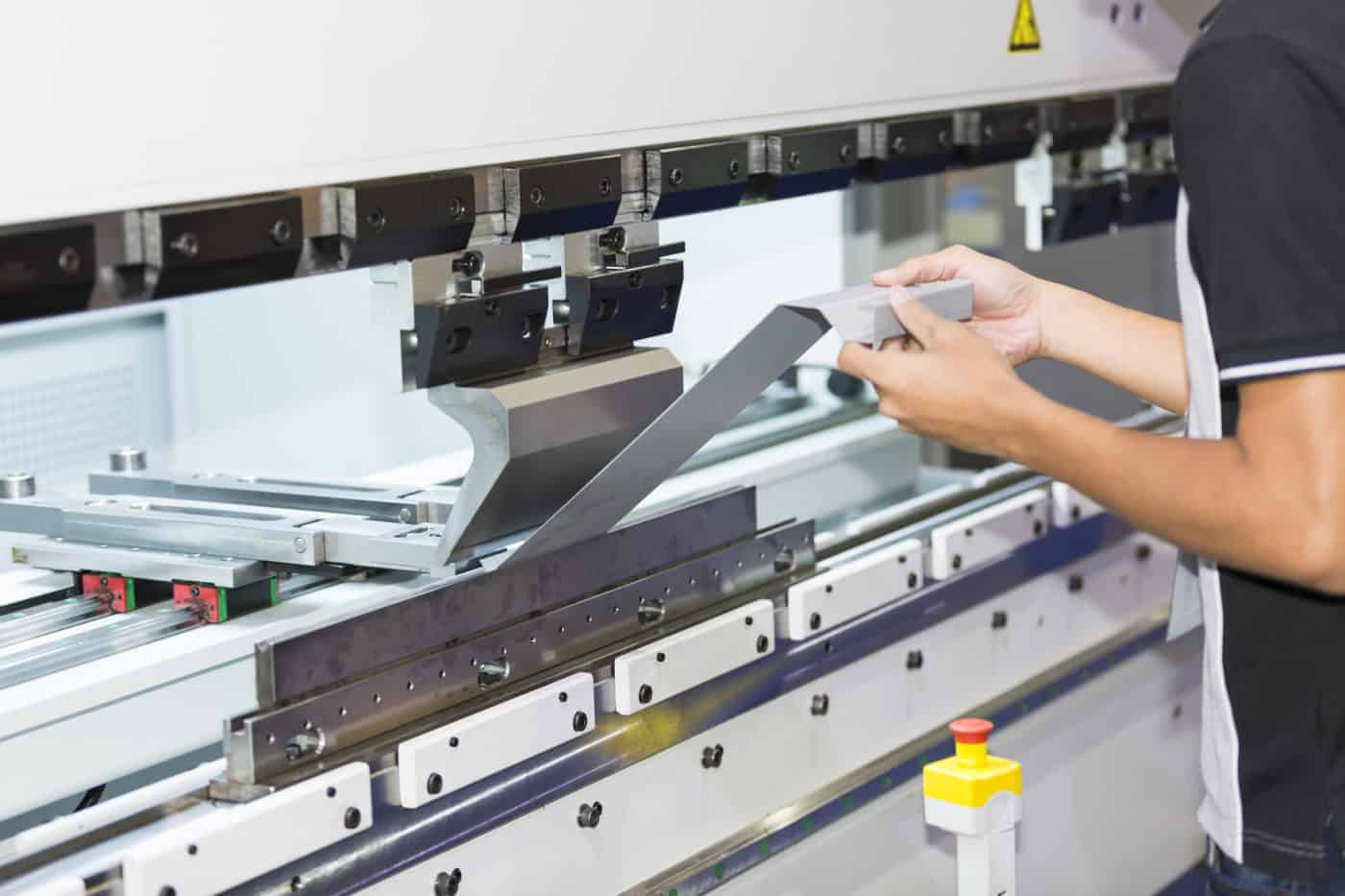
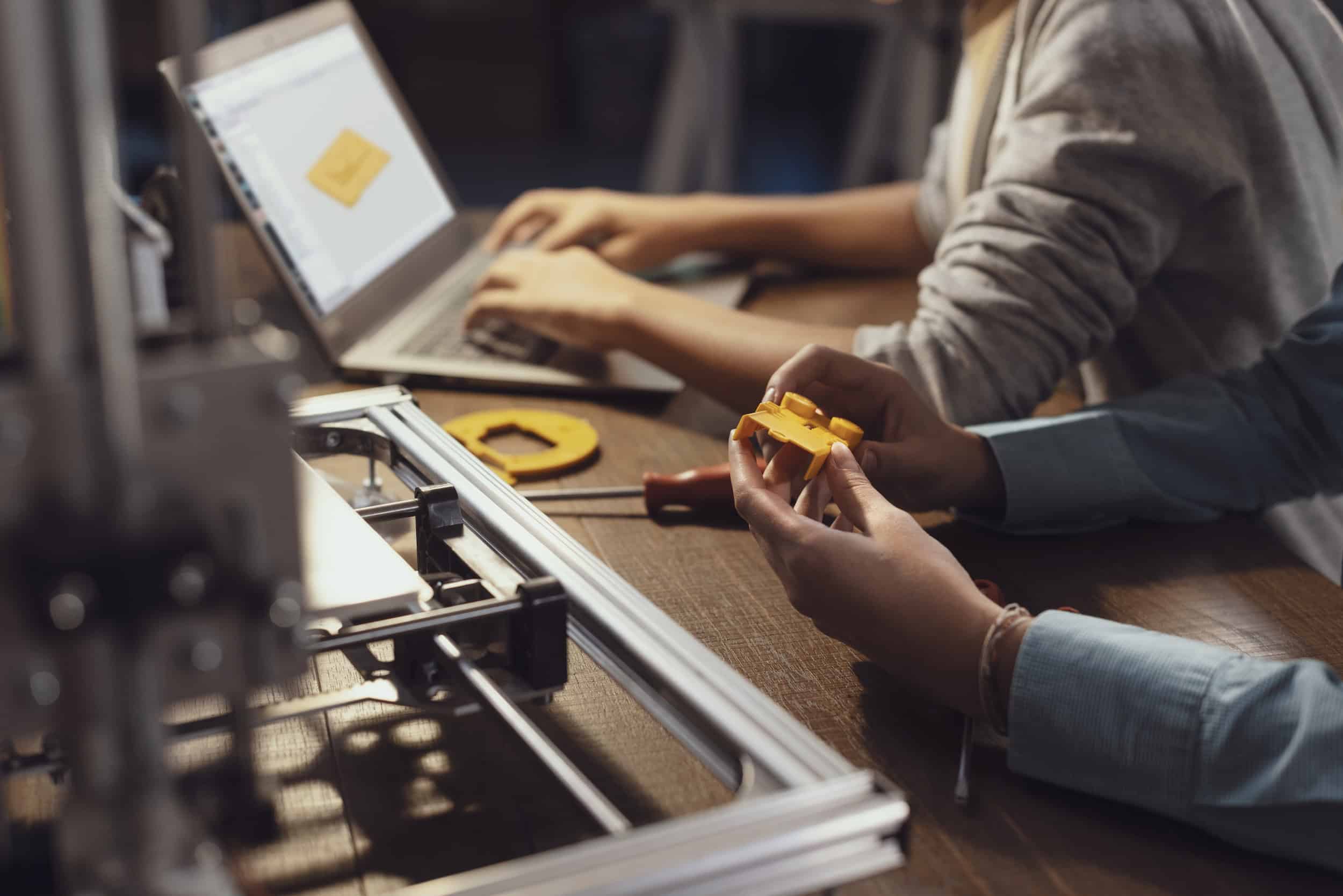

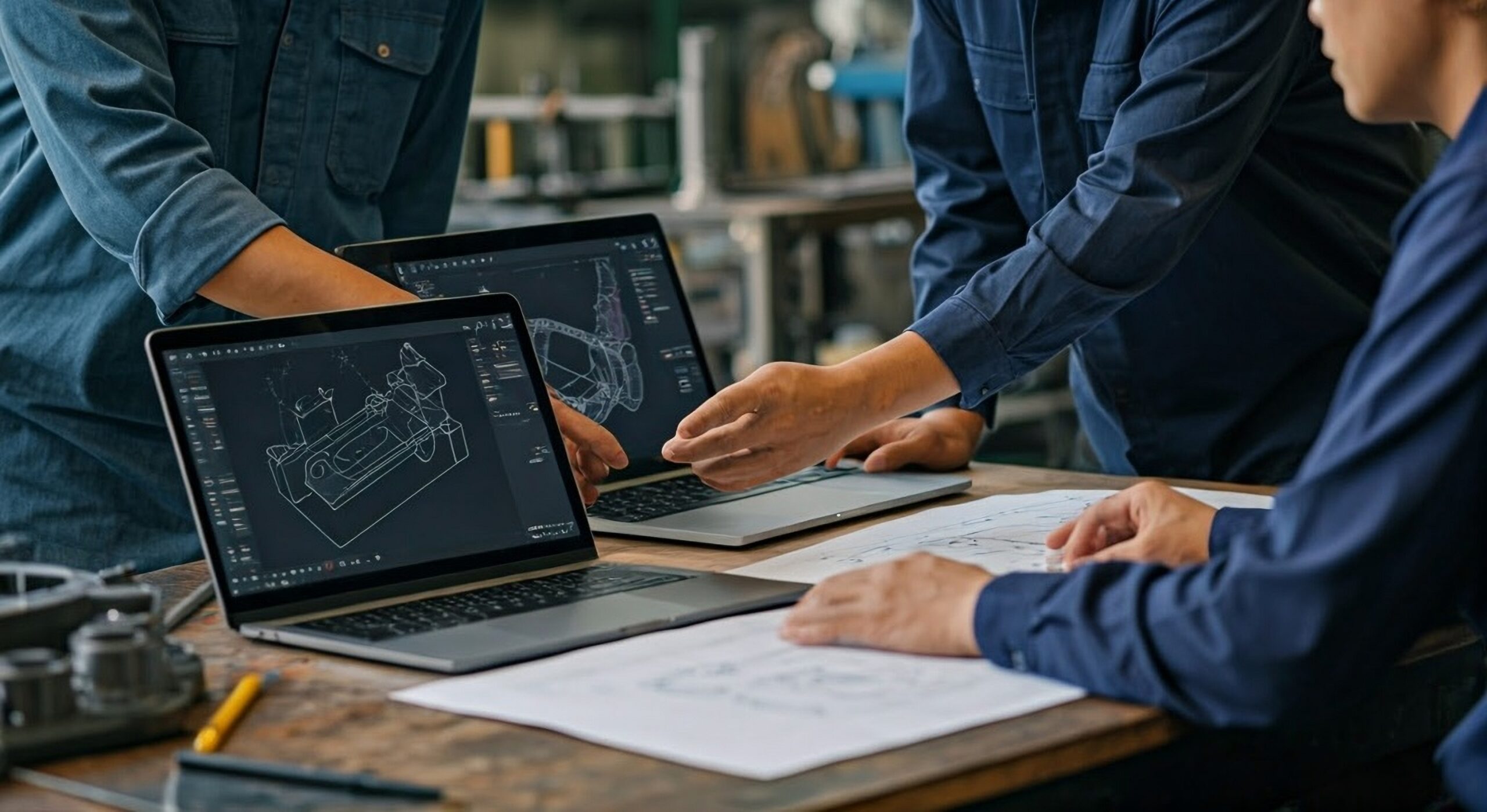
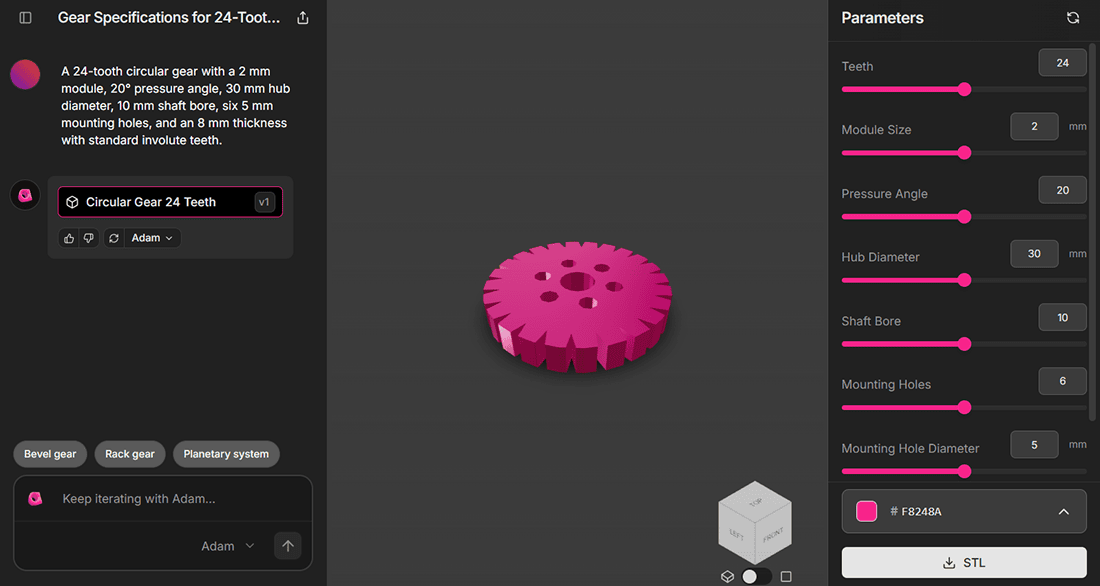
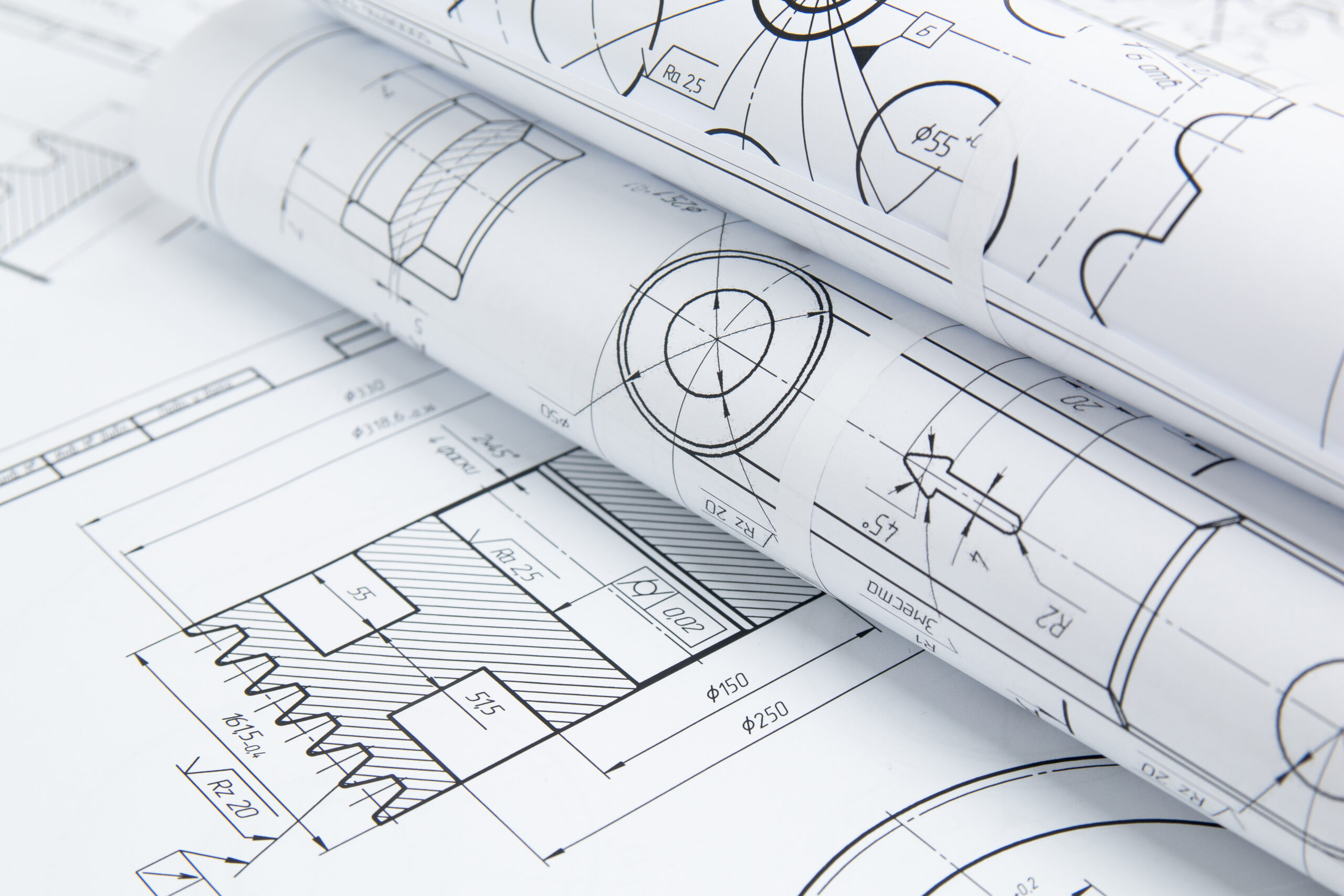


Comment(0)